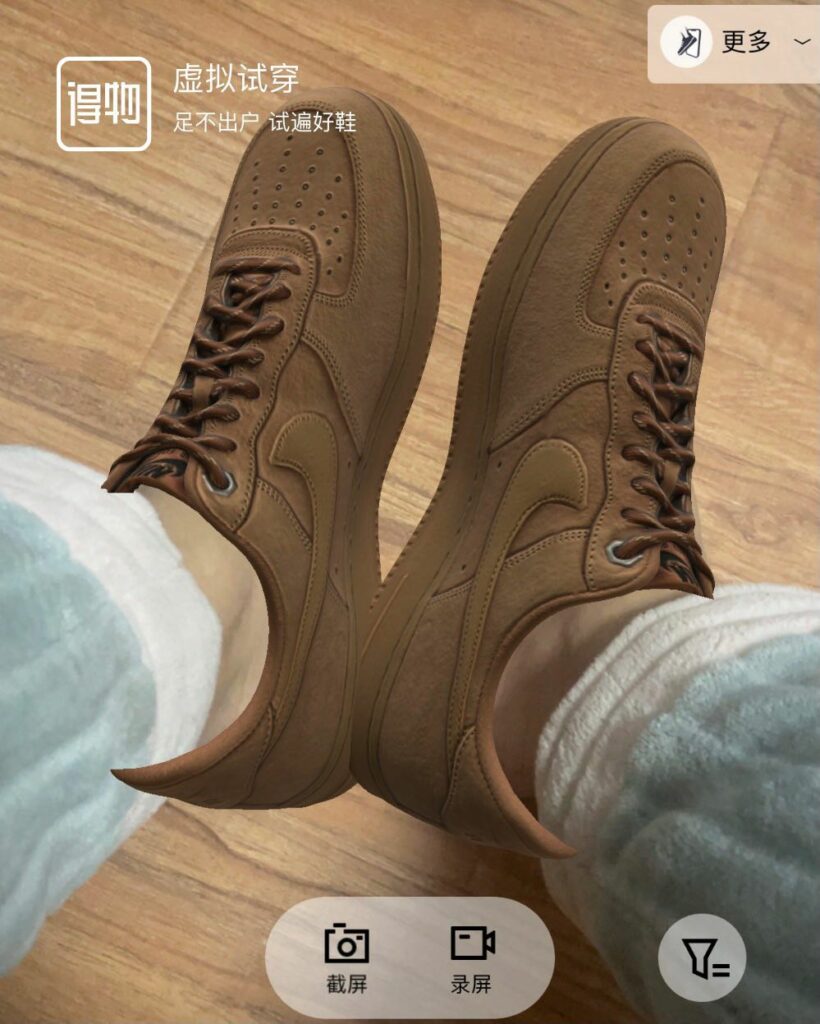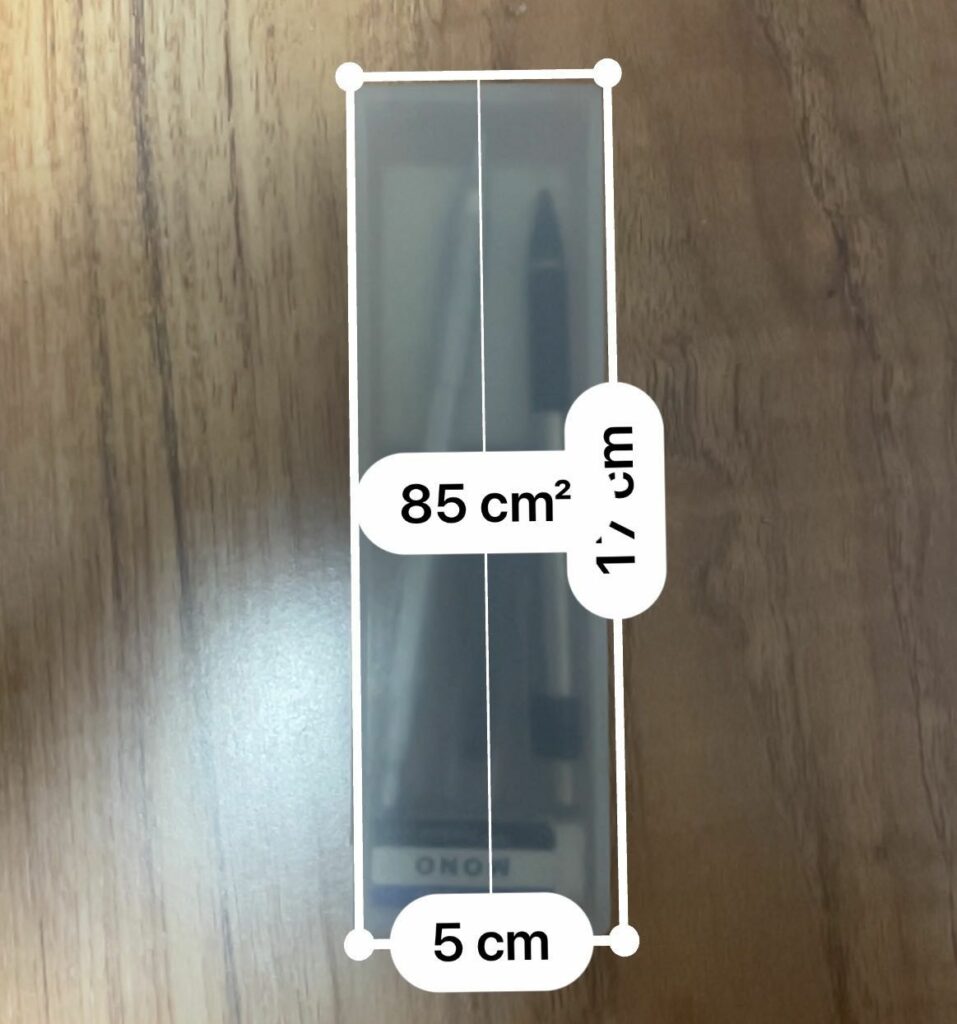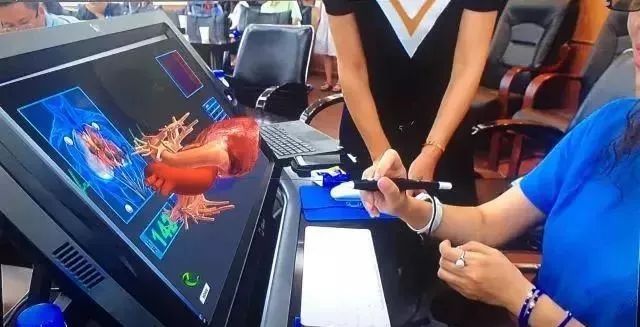Augmented reality technology is a technology that adds computer-generated images to a real environment. The real world and the enhanced environment can interact at the same time, and users can perform digital operations. Split-attention and redundancy principles will be well-proven.

Market: Using AR allows consumers to “try on” clothes online, providing unprecedented convenience for consumers shopping online. We can see the AR technology on some software so that we can wear virtual clothes without going out, and even make virtual makeup.

Construction industry: “augmented reality” allows architects, construction workers, and clients to see three-dimensional buildings and interior designs, and visualize the entire building. it also has interactive 3D animation to effectively help the problems in the overall physical environment.

Education: Make the classroom intelligent, shareable and interactive. Improve the spatial imagination ability of learning experience and enhance the sense of substitution. It also provides learners with a lot of opportunities for personal observation, manipulation and collaborative learning with others

Game: Apply virtual information to the real world, and combine the real environment with virtual objects. On the basis of reality, additional virtual images are added, and interaction and pronunciation are supported.
Drawback: At the stage of incomplete maturity, such as dizziness of 3D and high cost, some situations may cause the model to mislead the audience, or the student’s ability to actively think is reduced.
Reference:
Paine, J. (2021, January 5). 10 Real Use Cases for Augmented Reality. Inc.Com. https://www.inc.com/james-paine/10-real-use-cases-for-augmented-reality.html
www.youtube.com/watch?v=o0kFlw7NEew